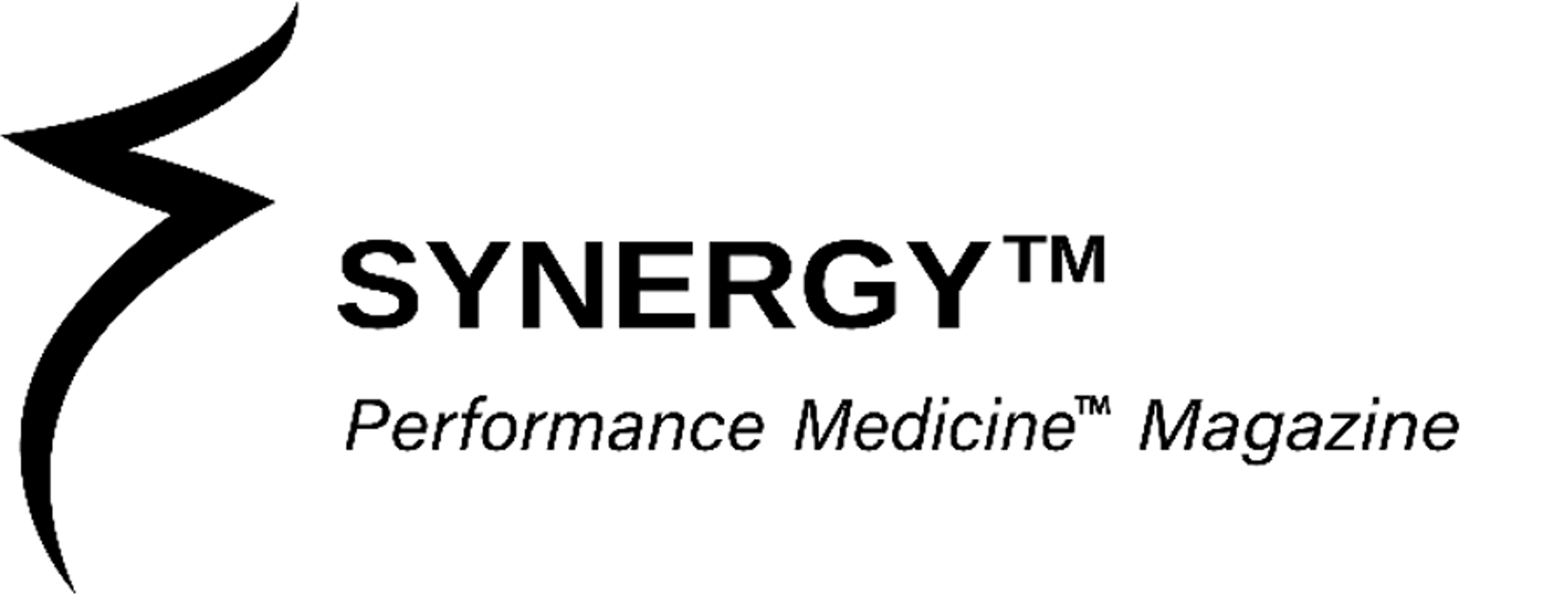Genetic Propensities | Hormones

Hormones are a chain of amino acids with complex functions in the body. Hormones contribute to functions in the body like stress management, sleep regulation, appetite regulation, and response to exercise. etc.
This section looks at the propensity for production, response, and breakdown of several hormones such as cortisol, thyroid, and estrogen.
It’s important to remember that genetics are probability-based and are highly epigenetically modifiable due to factors such as aging, environment, and lifestyle factors. This section is most effective when paired with blood work and hormone testing.
Thyroid

WHAT THIS MEANS
The thyroid gland is one of the most important organs in the body. It is responsible for the production of hormones that control metabolism. The gland’s involvement in metabolism affects body functions such as body weight, cognitive functions, body temperature, menstrual cycles, muscle performance, and cholesterol.
TSH Propensity: Thyroid stimulating hormone [TSH] is a hormone that determines how much thyroid hormone is produced.
DIO1 Activity: These SNPs predict the conversion of inactive thyroid hormone to the active form throughout the body [not including within the brain].
DIO2 Activity: These SNPs predict the conversion of inactive thyroid hormone to the active form within the brain.
WHY THIS MATTERS
The production and utilization of thyroid hormones are highly complex. Optimizing outcomes requires a deep knowledge of the interactions of lifestyle, environment, genetics, and epigenetics.
TSH Propensity: Genetic variations predict likely TSH levels for optimal production. This works with blood tests to create precise strategies for optimal outcomes.
DIO1 Activity: Thyroid conversion is important to maintaining optimal performance.
DIO2 Activity: Reduced activity can contribute to thyroid hormone deficiency in the brain which may not be present in blood testing.
Possible signs of over-active thyroid include anxiety, insomnia, shaking hands, weight loss, sweating, and hair loss.
Possible signs of under-active thyroid include weight gain, fatigue, dry skin, hair loss, cold hands/feet, and constipation.

WHAT THIS MEANS
Autoimmune thyroid conditions look at the genetic propensity for inflammation to trigger an undesirable immune response.
WHY THIS MATTERS
It can provide important insight into the benefits of inflammation management strategies.
Cortisol

WHAT THIS MEANS
Cortisol is frequently referred to as the “stress” hormone, however, it is an essential part of human optimization.
Cortisol Production: Genetics predict the likely production of cortisol in alignment with circadian propensity and response to stress.
Cortisol Receptor Response: The responsiveness of your body to cortisol.
WHY THIS MATTERS
Many of these SNPs are highly vulnerable to life events that can epigenetically modify expression. Lifestyle factors may produce a significant impact on expressions despite genetic predispositions.
Cortisol Production: Cortisol is essential to wake us up in the morning, it boosts performance during acute stress, and low to moderate levels are needed for decision-making.
Cortisol Receptor Response: Sensitivity is responsible for producing a reaction to cortisol and managing stress optimally.
Estrogen

WHAT THIS MEANS
Estrogen is a beneficial hormone in both males and females. It has many benefits beyond involvement in reproduction; it is essential to bone health.
Estrogen Conversion from Testosterone: Testosterone is broken down into estrogen; this is the primary way it is produced
Estrogen Receptor Response: Genetics predict the likely response to estrogen – this gauge only applies to females
Estrogen Metabolism: There are multiple ways estrogen can break down; some more desirable than others. Genetics can predict this likelihood.
WHY THIS MATTERS
Estrogen Conversion from Testosterone: In females, estrogen is important for maintaining the health of the sex organs, sex drive, and sexual function. In males, a lack of estrogen, even with normal testosterone, can contribute to diminished sex drive and erectile dysfunction
Estrogen Receptor Response: When estrogen levels and receptors are out of balance, it can contribute to symptoms such as decreased memory and cognitive function or increased intensity of menstrual cycles
Estrogen Metabolism: Understanding the propensity can indicate an area that may benefit from more precise measurement and support.
Testosterone

Testosterone: The Performance Maestro
Setting the Scene
Testosterone: a mighty hormone that’s often pinned as the epitome of maleness. But it’s not just about being a man – testosterone is a central figure in the narrative of both men’s and women’s health. Its performance on the body’s stage is defined by several factors: the binding action of SHBG (sex hormone binding globulin), the responsive tune of LH (luteinizing hormone), the dance with DHT (dihydrotestosterone), and the transformation into estrogen.
Meet the Characters
LH Levels: This critical performer, Luteinizing hormone (LH), takes on the role of testosterone’s maestro, guiding its production.
SHBG Levels: Taking a slightly different role, Sex Hormone Binding Globulin (SHBG) binds to testosterone, impacting its availability for use.
DHT Levels: As testosterone’s final act, it breaks down into Dihydrotestosterone (DHT), the character responsible for the drama of male development during adolescence.
Estrogen Conversion from Testosterone: In an unexpected plot twist, testosterone also transitions into estrogen. While estrogen is crucial for female sexual health and function, it also plays a supporting role in male sexual drive and function.
Why You Should Be Watching
The performance of testosterone, with all its dynamic interplays and transformations, matters a great deal to your health and wellness.
LH Levels: Getting a glimpse behind the scenes of your LH levels provides insights into your unique testosterone production.
SHBG Levels: Here’s the real deal – it’s not just about having testosterone; it’s about having it ready and accessible to do its job. SHBG is like the stage manager, playing a pivotal role in testosterone’s availability.
DHT Levels: Your genetic script provides hints about whether you might need to pay special attention to the DHT levels.
Estrogen Conversion from Testosterone: Yes, even men need a dash of estrogen. Low estrogen, even with normal testosterone, can dim male sex drive and contribute to erectile dysfunction.
When testosterone is at its optimal levels and functioning well, you’ll notice: enhanced overall well-being, boosted confidence and drive, a revved-up sex drive, stronger bones, increased strength and muscle, reduced cognitive decline, trimmed body fat, and a brighter mood. So, take a front-row seat and get to know your testosterone performance. You’re the director of your health and well-being, after all.
Bone Density

WHAT THIS MEANS
Various degrees of low bone density are common in today’s society. Studies show that over 50% of 50-59yo females and over 30% of 50-59yo males have low bone density. This process is usually silent and often discovered after a major bone fracture. Therefore, regular screening and optimization are important.
Vitamin K Need: Vitamin K includes a family of compounds, including vitamin K1 and vitamin K2. Vitamin K1 is found in plants, such as leafy green vegetables. Vitamin K2 is usually of bacterial origin and can be found in some animal-based and fermented foods but is mostly converted by the large intestine or liver from vitamin K1
Bone Density Support Need: Genetics can provide a propensity towards bone density advantage or need for support
WHY THIS MATTERS
Decreased bone density is becoming more common in the younger population; screening shows low levels in males and females in their 20s and late teens.
Vitamin K Need: Many people get an adequate amount of vitamin K through their diet. It’s also present in most multivitamin supplements. Genetics can be an active player in this process and can be predictive of absorption and conversion
Bone Density Support Need: Everyone is at risk of low bone density without consistent load-bearing exercise and optimal vitamin D levels. Genetics provides a more precise picture of the need for management.



